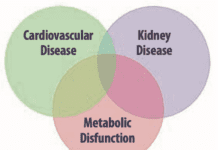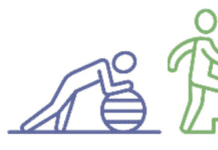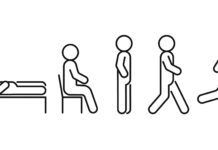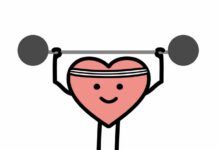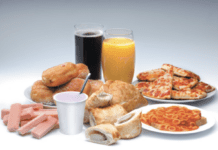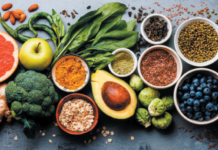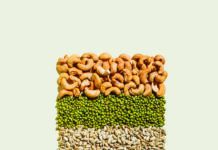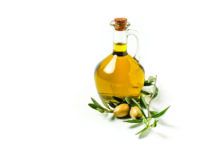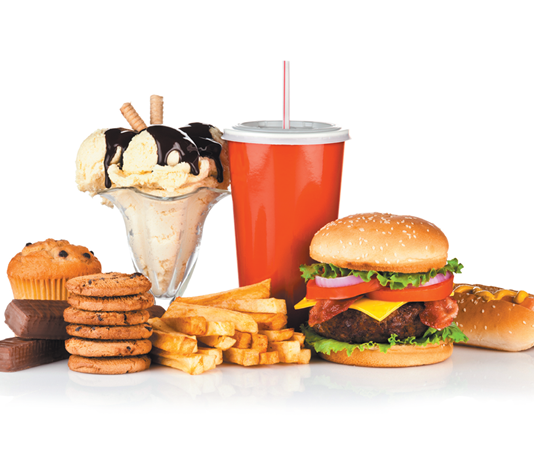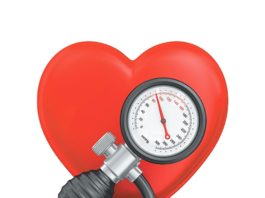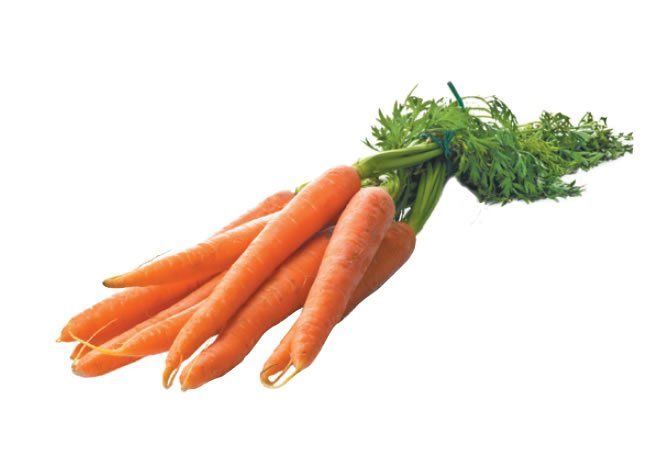Dietitians Pick Top Trends
Trends to watch in nutrition-driven consumer choices this year will include growing popularity for seeds and nuts, green tea and ancient grains such as amaranth, quinoa, spelt and freekah, according to a survey of 500 registered dietitians. The survey, conducted for the journal Todays Dietitian, predicted that consumers will eat less red meat and continue to turn away from low-fat diets. Kale and coconut will remain popular based on their perceived health benefits (accurate for kale, less so for coconut), as will healthy choices like Greek yogurt and avocado. The dietitians also predicted consumers will keep trying gluten-free and wheat-free diets to lose weight (rather than out of genuine need, as in celiac-disease patients), despite a lack of evidence supporting such regimens for weight loss, while the so-called Paleo diet will gain in popularity. Also on the rise: misinformation about nutrition, fueled in part by the Internet.
Are You Seeing All the Health Benefits of Carrots?
Bugs Bunny, always depicted munching on a carrot, may have been onto something. Researchers have found that carrot consumption not only helps insure an adequate intake of a variety of important nutrients and fiber, but may also reduce your risk of chronic disease.
Q. It has been recommended to me that I include avocados in my diet....
Q. It has been recommended to me that I include avocados in my diet. Since this is not something I care for, is there something else that could be used as a substitute source of these healthy unsaturated fats?
The Pros and Cons of Frozen Foods
In the dead of winter, grocery shoppers often turn to the freezer aisle for out-of-season produce as well as easy-to-prepare entres. But with sales of frozen foods in decline-down an estimated 5% since 2009-the industry is launching a campaign, Frozen: How Fresh Stays Fresh, to boost awareness and promote frozen foods nutritional benefits. How do frozen foods really stack up?
Replacing Saturated Fat with Vegetable Oil Linked to Lower Heart Risk
If youve been confused by recent headlines suggesting Butter Is Back and studies questioning the link between saturated fat and heart disease, a new meta-analysis may set the record straight. The research found that people who swap 5% of the calories they consume from saturated fat sources such as red meat and butter with foods containing linoleic acid-the main polyunsaturated fat found in vegetable oil, nuts and seeds-was associated with a 9% lower risk of coronary heart disease events. Switching from saturated fat to linoleic acid was also associated with a 13% lower coronary heart disease mortality risk.
FDA Cracks Down on Coconut Claims
Products containing coconut, coconut oil and coconut milk are popping up everywhere, with marketers touting coconut as the latest superfood. But a recent warning letter from the US Food and Drug Administration cautions coconut boosters not to overreach. The FDA warned that coconut products cant be labeled as healthy if they contain more than 1 gram of saturated fat or more than 15% of calories come from saturated fat. Some have claimed that the saturated fat in coconut is different because its mostly lauric acid, which a few small studies suggest is metabolized differently than other saturated fats. But the FDA isnt buying that argument, noting that coconut products might contain as much as 16 grams of saturated fat per serving.
Americans Belly Fat Booming
The obesity epidemic may be leveling off, but more Americans are carrying fat around the middle-the most dangerous kind of obesity. A new Centers for Disease Control and Prevention study, published in JAMA, says the rate of adult abdominal obesity has shot up from 46% in 1999-2000 to 54%. Abdominal obesity is defined as a waist size of more than 35 inches for women and 40 inches or more for men. During the 12-year span of the study, womens average waist size expanded two inches to 38 inches and men added an inch, to 40 inches.
Fat Choices Better But Still Fall Short
Results from the Minnesota Heart Survey, spanning nearly 30 years and encompassing 12,526 participants, show some progress in healthier fat consumption-but still a long way to go. Published in the Journal of the American Heart Association, the study reported that consumption of trans fat and saturated fat has dropped. Overall trans fat intake fell about a third, but is still about double the target of less than 1% of calories set by the Heart Association in 2006. Saturated-fat intake fell from 13.7% of total calories to 11.4% for men and from 13.5% to 11.4% for women. Thats still above the 10% maximum recommended by the Dietary Guidelines for Americans and far more than the Heart Associations 5%-6% goal.
Q. I read in your newsletter that older people may need more protein than...
Q. I read in your newsletter that older people may need more protein than the recommended 0.8 grams per kilogram of body weight to maintain muscle mass as they age. How much more, at age 75, might I need? Is 1.0 gram per kilogram of body weight too much?
Q. What are the pros and cons of eating raw fish, as in sushi?
Q. What are the pros and cons of eating raw fish, as in sushi?



